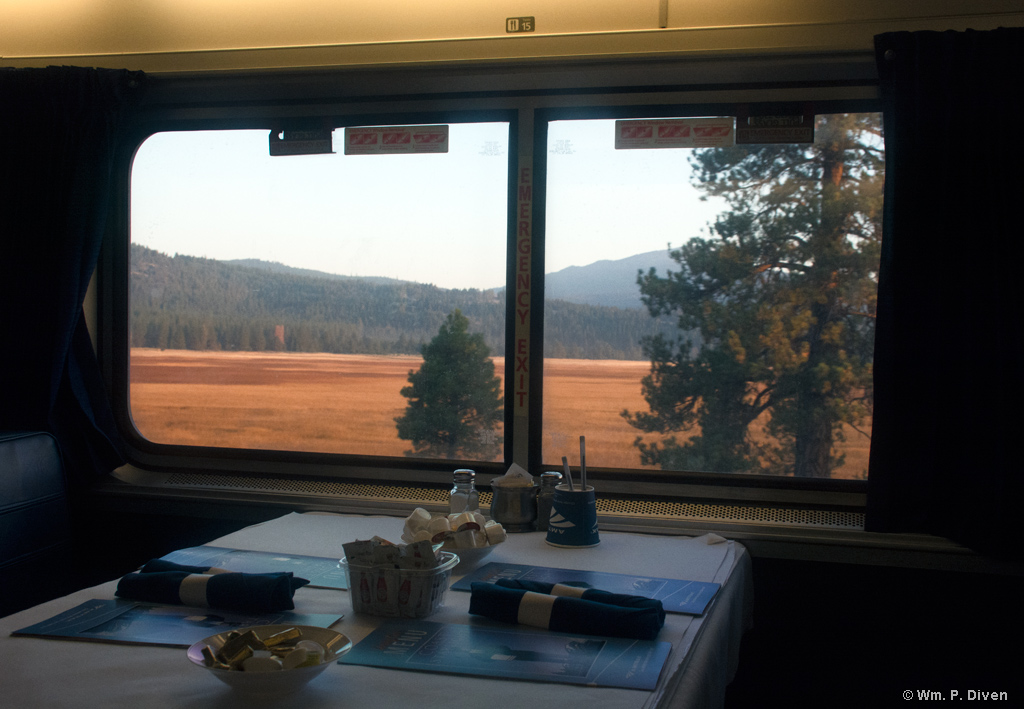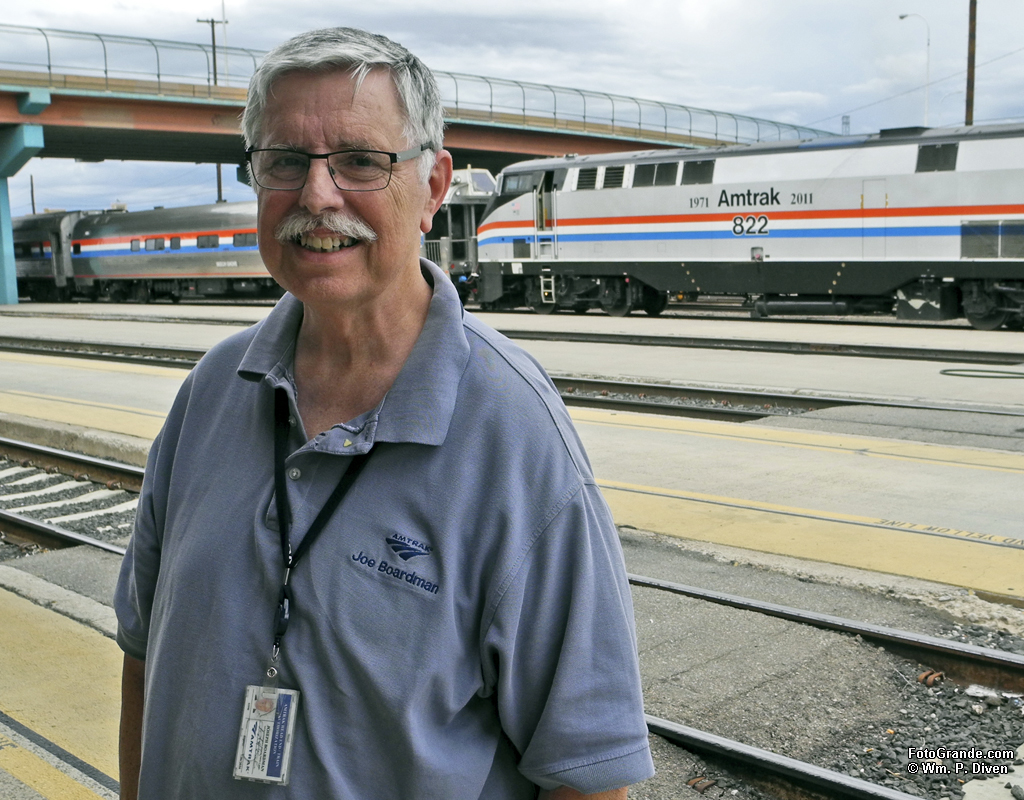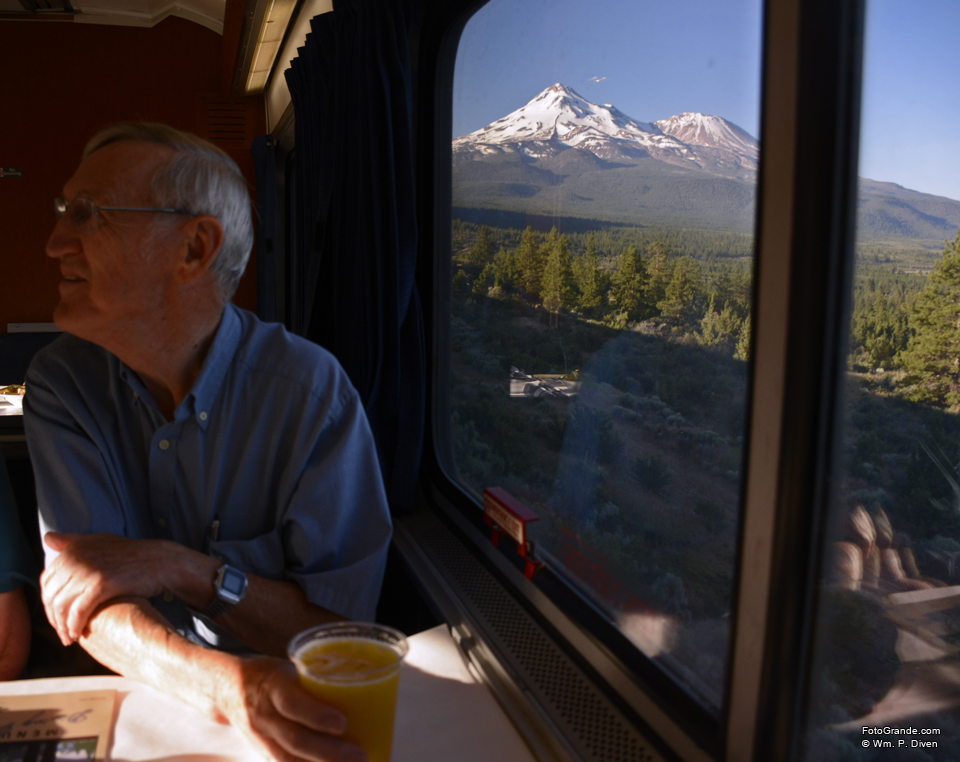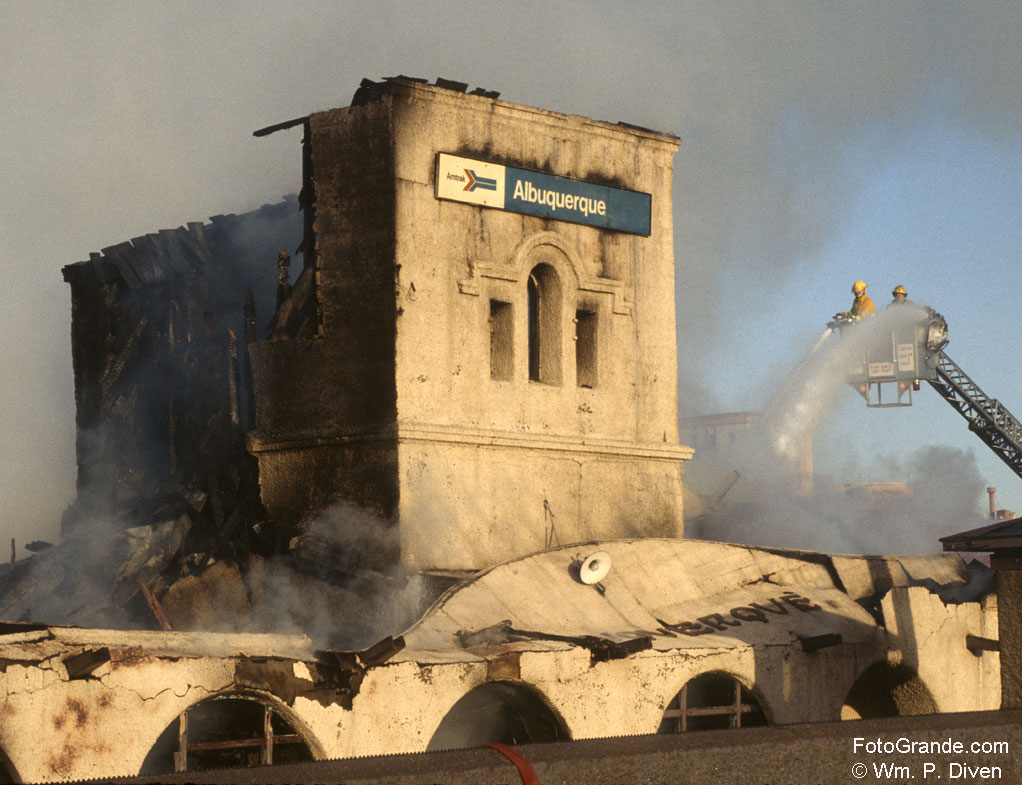
The Cascade Range of southern Oregon is not bashful about rejecting the railroad carved into its flanks as it dares men, women and machinery to conduct business as usual. Looking out from Amtrak’s southbound Coast Starlight in August 2019, the right-of-way reveals fallen trees sawn to logs and shunted aside, boulders kicked away, shiny new utility boxes and dented old ones, and freshly scraped two-tracks squirming into the forest. Propane tanks lazing here and there await the remote call to ignite railside jets when sodden snow fouls connections between the main line and passing tracks.
If Mother Nature feels petulant, she turns these mountains into a formidable adversary. Most days the railroad — once Southern Pacific, now Union Pacific – negotiates for at least a draw and minimal drama beyond the effort needed by cab crews, distant dispatchers and maintenance teams to keep freight trains and Amtrak moving. On other days one of the 20 or so tunnels may collapse as halted traffic for weeks in 2018. Snow falling as white glue last year downed timber isolating the Coast Starlight and refusing to release nearly 200 passengers and crew for a day and a half. Travelers described their experience a nightmare, hell and surreal while also relating kindness toward each other and heroes among the Amtrak service staff.
To say this high forest inland from the coastal mountains is unforgiving is a truism given the limit on mistakes can be zero. There is a friendly side as well although complicated by human imprints farther down the line.
Continue reading


